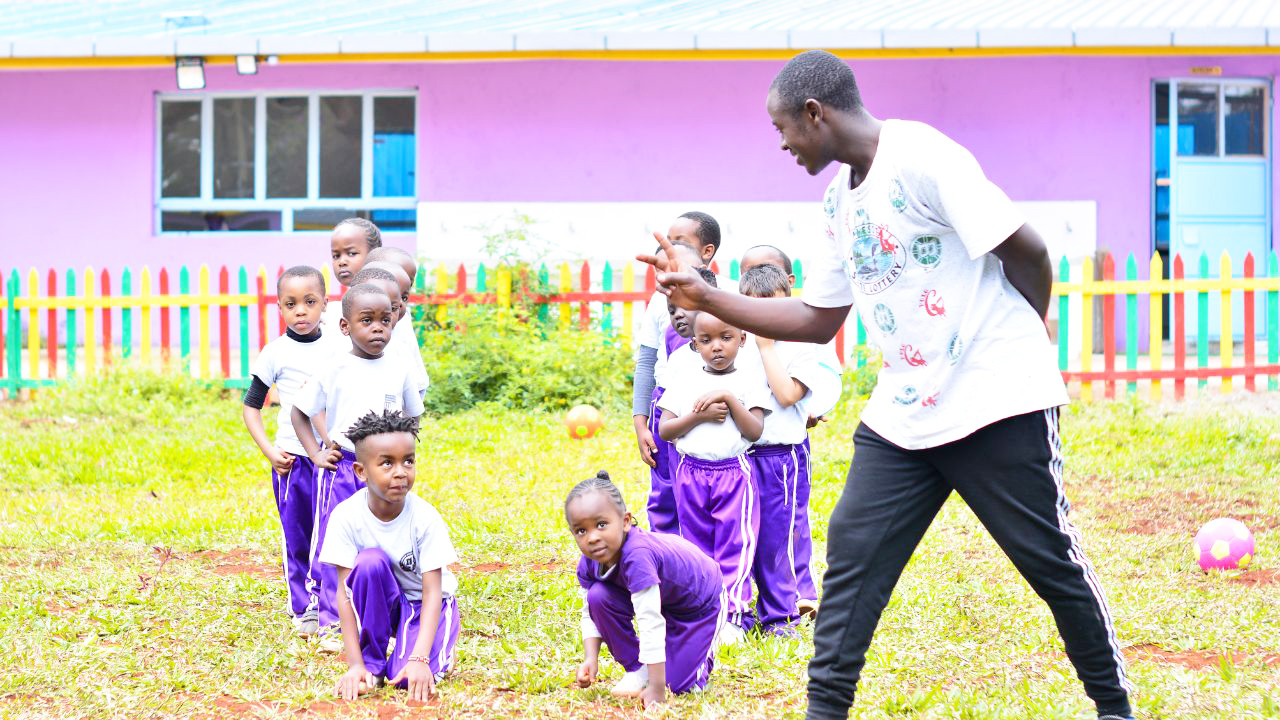The death of ten gallant military personnel led by the Chief of Defence Forces (CDF) General Francis Ogolla while on a tour to the bandit prone North Rift in a helicopter crash has thrown the bandit menace to the limelight locally and internationally.
Tiaty Constituency appears to be the epicentre of cattle rustling and banditry because almost all the fights and reported deaths occur along its boundaries with Turkana, Laikipia, Elgeiyo-Marakwet, Baringo North and Baringo South constituencies.
There are still some isolated cases of skirmishes along the boundaries of West Pokot and Turkana and Elgeiyo-Marakwet counties, but they are at a less frequency than those between Tiaty and its neighbours.
From Television pictures, one gets the impression that almost all men possess guns. In some instances, boys as young as 15 years can be seen carrying guns as they herd livestock. They are fierce fighters and follow their traditions and customs to a fault.
One very hardworking and diplomatic District Commissioner (DC) by the name Ibrahim Maalim who served in the early nineties used the “carrot and stick” approach to fight cattle rustling. He would address “barazas” to convince them to stop the practice. In one meeting he complained to them that the Samburu, Tugen, Njemps, Turkana, Marakwet and Keiyo were crying because they had stolen their cows massively. They laughed in unison and asked the DC why these communities don’t fight back if they have men amongst them.
Let us look at the statistics about Tiaty Constituency. Its 4,517 square kilometres of land is semi-arid with livestock rearing the main source of income. It has primary school attendance rate of a meager 30 per cent, according to the Sub-county Education Officer William Chelal.
Poverty levels are over 70 per cent with some of its places as high as 87 per cent. Female genital mutilation is among the highest in Kenya and the inhabitants are largely polygamous. Early marriages of girls are rampant from an age of about 15years. Dowry payment can be as high as 50 cows, partly contributing to rustling to enable the men to marry several of these young FGM graduands.
The road network in this vast constituency is very poor except the main Nakuru-Sigor road that traverses through the middle of the constituency and the Marigat- Loruk-Churo road that leads to Laikipia and Samburu. Schools and hospitals are scarce and far from each other.
It is probably the land size of the constituency that should be of interest to all Kenyans, especially policy makers in the social sector, provincial administration and security at the national government.
Tiaty covers 47 per cent of the total mass of Baringo that is over 11,000 square kilometres. Kiambu and Kirinyaga counties with a total of 16 constituencies have a combined land mass of 3,927 square kilometres, hence smaller than Tiaty Constituency alone.
Kericho, Bomet and Vihiga counties with a combined land mass of 4,615 square kilometres and a total of 16 constituencies are barely larger than Tiaty. Kiambu and Muranga combined have a land mass of 4,775 square kilometres with a total of 19 constituencies. Tiaty receives an annual amount of about Ksh150 million from the National Government Constituency Development Fund (NGCDF).
Whereas allocation of NGCDF funds is not based on land size alone, population being a factor, it is interesting to note that Kiambu and Kirinyaga combined receive a total of Ksh2.4 billion from NGCDF, compared to only Ksh150 million for Tiaty.
Does population justify these two counties to be allocated 16 times more money than Tiaty? This applies to Bomet, Kericho and Vihiga combined. Muranga and Kiambu receive a total of Ksh2.85 billion for the combined landmass of slightly larger than Tiaty, thus receiving 19 times more money.
The five constituencies of Baringo receive Ksh750million and yet they cover almost equal land size of Tiaty. Even if Baringo County were to allocate the whole of its development vote to Tiaty Constituency, it will not make an impact considering the data given above.
So, what is the way forward? The challenge is therefore, cultural, economic, social and educational. Fifteen to fifty year old rustlers cannot go to school after getting used to the lucrative business of rustling. I propose therefore that several things be done concurrently.
First, the government should draw up a “marshal plan” and fund it because NGCDF and county funds are too little. The plan could cost several billions of shillings, certainly more than 100 billion. This amount would be for opening up of roads, introducing irrigation where possible, drilling hundreds of boreholes, putting up boarding schools, putting up hospitals and deploying extension officers to help them in livestock management and bee keeping.
It may also be useful to put up a factory for processing cactus fruits that grow in large quantities – into jam and animal feeds. There will be need to construct huge abattoirs at Loruk to supply meat to Eldoret, Nakuru and Nyahururu.
There was such an abattoir in Marigat way before independence. Most importantly, ensure that all children are enrolled in schools and consider sending missionaries to minister to the people in schools and neighbouring markets.
Fighting them using guns will not solve this menace as it has been going on since time immemorial and lives and livelihoods that have been destroyed cannot be quantified in monetary terms. Let the death of these soldiers initiate a paradigm shift in rehabilitating Tiaty.
YOU MAY ALSO READ:
Why CS Moses’ Kuria’s suggestion on contracting public servants is impractical
By Mwalimu Andrew Kibet
To write to us or offer feedback, you can reach us at: editor@educationnews.co.ke
You can also follow our social media pages on Twitter: Education News KE and Facebook: Education News Newspaper for timely updates.
>>> Click here to stay up-to-date with trending regional stories






